A Brief History of Zero Point Energy
John Cliss, July 2020
The concept of deriving clean and virtually unlimited amounts of energy from “thin air” seems at first counter intuitive and against the known laws of physics. However, a brief look at scientific history reveals this concept may have validity.
In 1855, James Clerk Maxwell published his work on models for electricity, magnetism and light in 20 equations, considered “one of the most important aggregations of empirical facts in the history of physics” (1). The primary basis of Maxwell’s theory were the Electromagnetic Potentials (phi or φ-Field & A-Field), which “played a pivotal role in Maxwell’s theory” (2).
In 1888, Oliver Heaviside “murdered the A-Field” (Heaviside’s own words), by reducing and simplifying Maxwell’s original 20 equations into a subset of just 4 equations - what are today considered by electrical engineers as ‘Maxwell’s Equations’, which form the basis of modern electromagnetic theory. Of central importance is that Heaviside considered the Electromagnetic Potentials to have “only mathematical, not physical significance” which even today is considered as “the conventional wisdom in [electrical] engineering” (2). Therefore modern electromagnetic engineers do not work with the Electromagnetic Potentials in designs for new electromagnetic technologies.
In 1959, the ‘Aharonov-Bohm Effect’ was theorized and later practically demonstrated at Bristol University (UK), where “a quantum mechanical phenomenon in which an electrically charged particle is affected by an electromagnetic potential (φ, A), despite being confined to a region in which both the magnetic field B and electric field E are zero” (3). This was a major breakthrough in science, showing that the Electromagnetic Potentials do have a physical effect, therefore implying they can potentially be engineered.
However, despite the lack of knowledge about Electromagnetic Potentials by electrical engineers, they have not been forgotten by science, as in quantum theory, it is well known that the electromagnetic potentials are physical constructs and quantum physicists use these potentials to describe a “sea of zero-point energy”. One of the pioneers of Quantum Theory, Richard Feynman, and his colleague John Wheeler “calculated that zero-point radiation of the vacuum was so powerful that even a small cup of it would be enough to boil all of Earth’s oceans instantaneously” (4).
An example of the reality of zero-point energy was provided in 1948 by Dutch physicist Hendrik Casimir and called ‘The Casimir Effect’, which describes “physical forces arising from a quantized field” (5).
A commonly perceived practical drawback of Zero-Point Energy (ZPE) is that it is a “quantum level” phenomenon and this energy could not be applied on the “macro level” for any useful application, such as the generation of clean energy for vehicles or buildings. Yet, recent research of Zero-Point Energy using the Electromagnetic Potentials are beginning to challenge this perceived drawback.
In 2010 and 2013, two NASA-funded papers were published in Modern Physics Letters and the Journal of Applied Physics by Robert Zimmerman at McMaster University in Canada that describe a “Macro Aharonov-Bohm Effect” (6, 7). The researchers developed a theory and practical demonstration of a new type of transmitter/receiver communication system that did not rely upon the conventional Electric and Magnetic Fields (E & B) but upon the Electromagnetic Potentials (φ & A). The implications for this work are significant, since it’s not only a strong indication that Electromagnetic Potentials can be engineered on the macro level, but that a new form of communication system can be designed that provides significant power savings (over 97%) as well as other advantages over current communication systems (including the mobile phone networks).
In 2017, a paper was published by NASA Johnson Space Centre in the Journal of Propulsion and Power who built and tested a device called the ‘EM Drive’ which they report “harnesses zero-point energy to generate thrust” and could be used to create entirely new types of vehicles that do not run on conventional fuels such as gasoline (8).
Since 2003, over 400 papers have been published by the Alpha Institute for Advanced Study (AIAS) which describe Einstein-Cartan-Evans (ECE) Theory to unify gravity and electromagnetism (9). As Einstein described how space-time is curved by gravity, so ECE Theory describes electromagnetism as a spinning of space-time, often referred to as “Einstein with a twist.” The theory builds upon the curtailed version of Maxwell’s Equations from Heaviside by reintroducing the significance of the Electromagnetic Potentials by use of Spin Connection Resonance (SCR) terms. As described in the Journal of Foundations of Physics and Chemistry, ECE Theory is used to explain how “spacetime energy” can then be extracted from spacetime without violating conservation of energy principles to allow for technologies that can generate a clean and virtually inexhaustible source of energy.
Taken as a whole, there appears to be strong evidence that energy in the quantum vacuum - so-called Zero Point Energy - can be engineered by use of the Electromagnetic Potentials to develop new technologies on the “macro level” that may produce enough energy to allow humankind to overcome our dependence upon coil, oil, gas and nuclear power, and propel us forwards into a new clean energy future.
Sources
https://en.wikipedia.org/wiki/History_of_Maxwell%27s_equations
‘Topological Foundations of Electromagnetism’, p.7, T.W.Barrett, 2008, published in the ‘World Scientific Series in Contemporary Chemical Physics - Vol, 26’
https://en.wikipedia.org/wiki/Aharonov–Bohm_effect
Pilkington, M. (17 July 2003). "Zero Point Energy". The Guardian. Archived from the original on 7 February 2017.
https://en.wikipedia.org/wiki/Casimir_effect
Macroscopic Aharonov-Bohm Effect at L-Band Microwave Frequencies’, 2010, Zimmerman, Modern Physics Letters B, Vol. 25, No. 9 (2011) 649-662 http://exvacuo.free.fr/div/Sciences/Dossiers/EM/LongitudinalEM/Experiences/R%20k%20Zimmerman%20-%20Macroscopic%20Aharonov-Bohm%20effect%20at%20L-Band%20microwave%20fraquencies.pdf
‘Reception of longitudinal vector potential radiation with a plasma antenna’, 2013, Zimmerman, Journal of Applied Physics 114 044907 (2013), http://exvacuo.free.fr/div/Sciences/Dossiers/EM/LongitudinalEM/Experiences/R%20k%20Zimmerman%20-%20Reception%20of%20longitudinal%20vector%20potential%20radiation%20with%20a%20plasma%20antenna%20-%20JAP.pdf
‘Measurement of Impulsive Thrust from a Closed Radio-Frequency Cavity in Vacuum’, 2017, H. White, Journal of Propulsion and Power Vol.33 No.4 July-August 2017, https://arc.aiaa.org/doi/pdf/10.2514/1.B36120
http://aias.us
